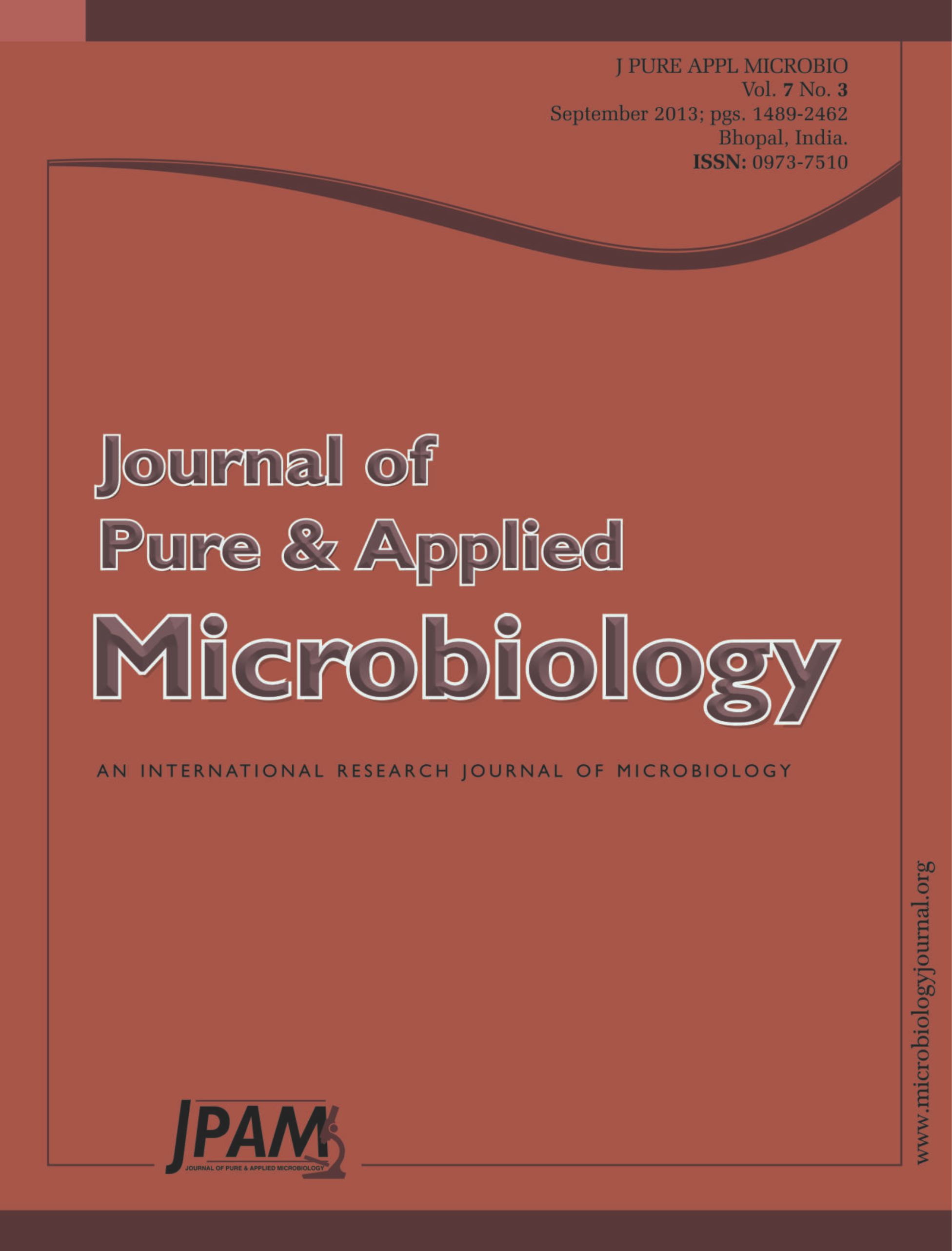Candidiasis is a fungal infectious disease, caused by the opportunistic pathogens, Candida species. Incidences of candidiasis have become more common, as a result of prolonged antibiotic therapy and increased number of immunocompromised patients. This study was conducted to investigate the antifungal properties of Rhizome coptidis, Radix Sophorae flavescentis, Radix Stemonae, Etlingera elatoir, Alpinia galangal and Cymbopogon citratus extracts in terms of inhibition zone and minimum inhibitory concentration (MIC) of plant extracts against some of clinically prevalent species of Candida outlined by CLSI susceptibility testing guidelines for yeast cells. Our favourable results demonstrated that R. coptidis has potential to show the strong antifungal activity against all Candida species tested as ranged from 64 to >1024 µg/ml. A. galangal was also able to inhibit the growth of Candida tropicalis and Candida glabrata, although to a lower extent. Moreover, the MIC value of A. galangal was 64 µg/ml for both Candida tested. Meanwhile, the majority of plant extracts tested did not show significant antifungal activity. Nonetheless, In vivo testing needs to be performed to support these findings.
Candida species, Rhizome coptidis, Alpinia galangal, anti-Candida activity
© The Author(s) 2014. Open Access. This article is distributed under the terms of the Creative Commons Attribution 4.0 International License which permits unrestricted use, sharing, distribution, and reproduction in any medium, provided you give appropriate credit to the original author(s) and the source, provide a link to the Creative Commons license, and indicate if changes were made.


